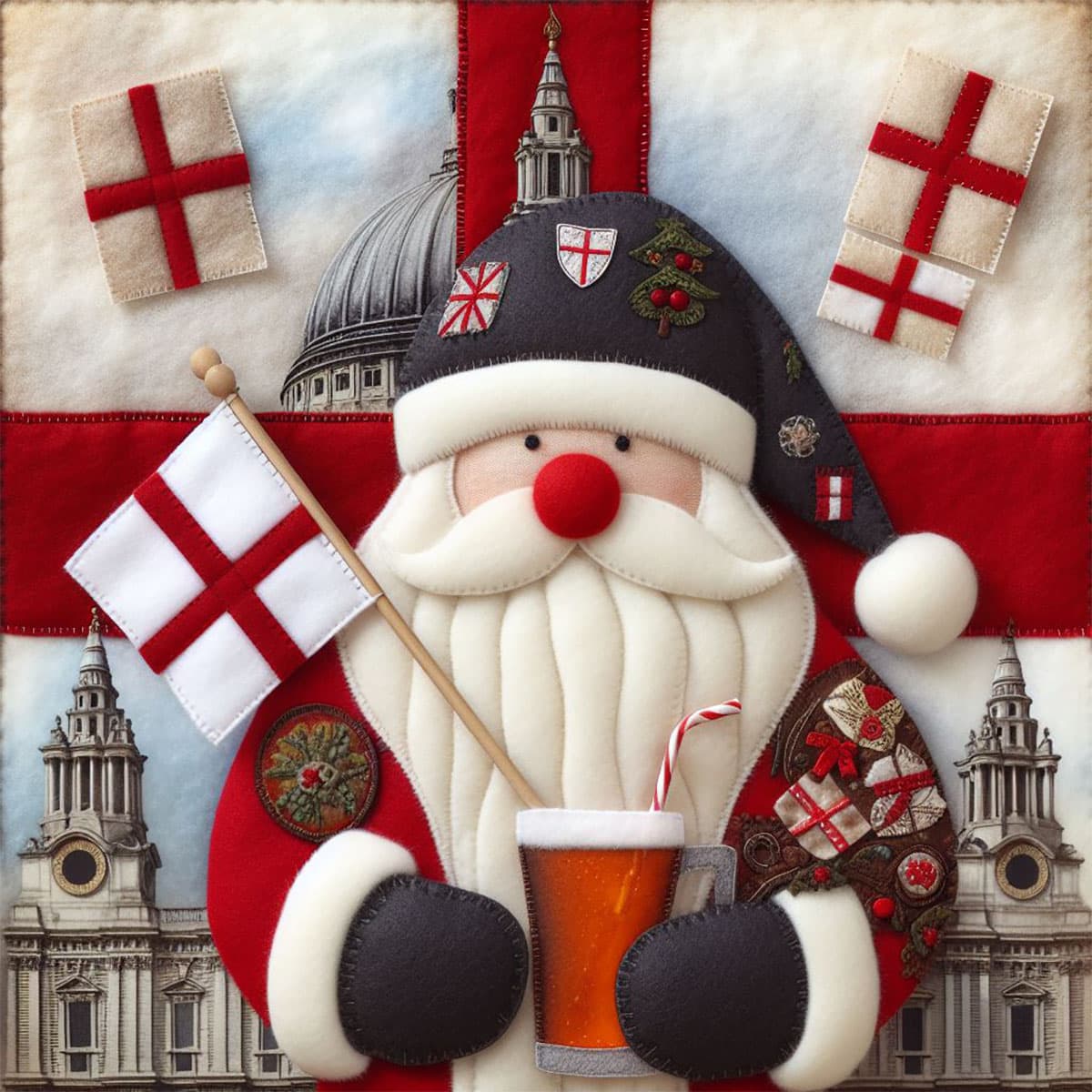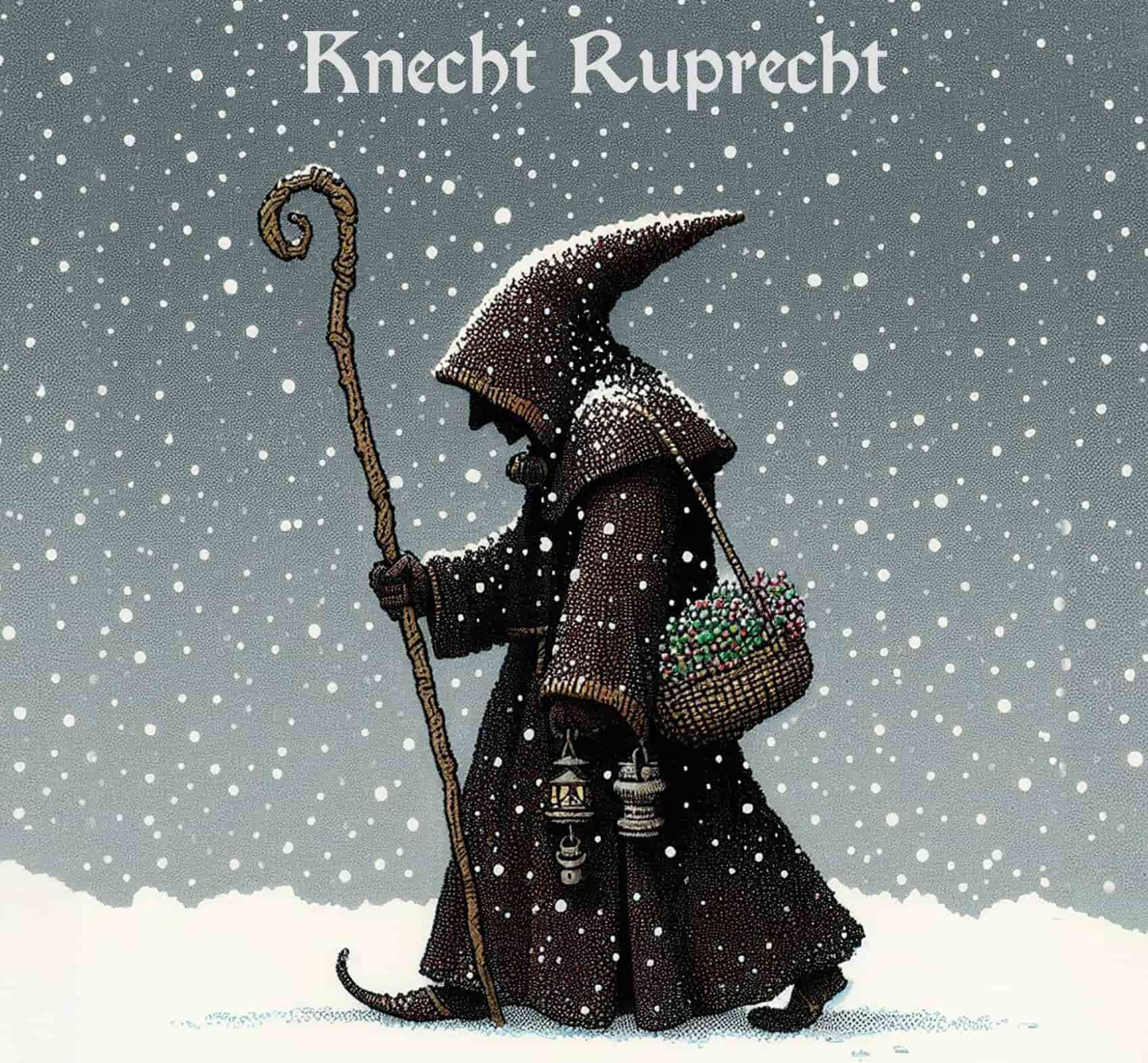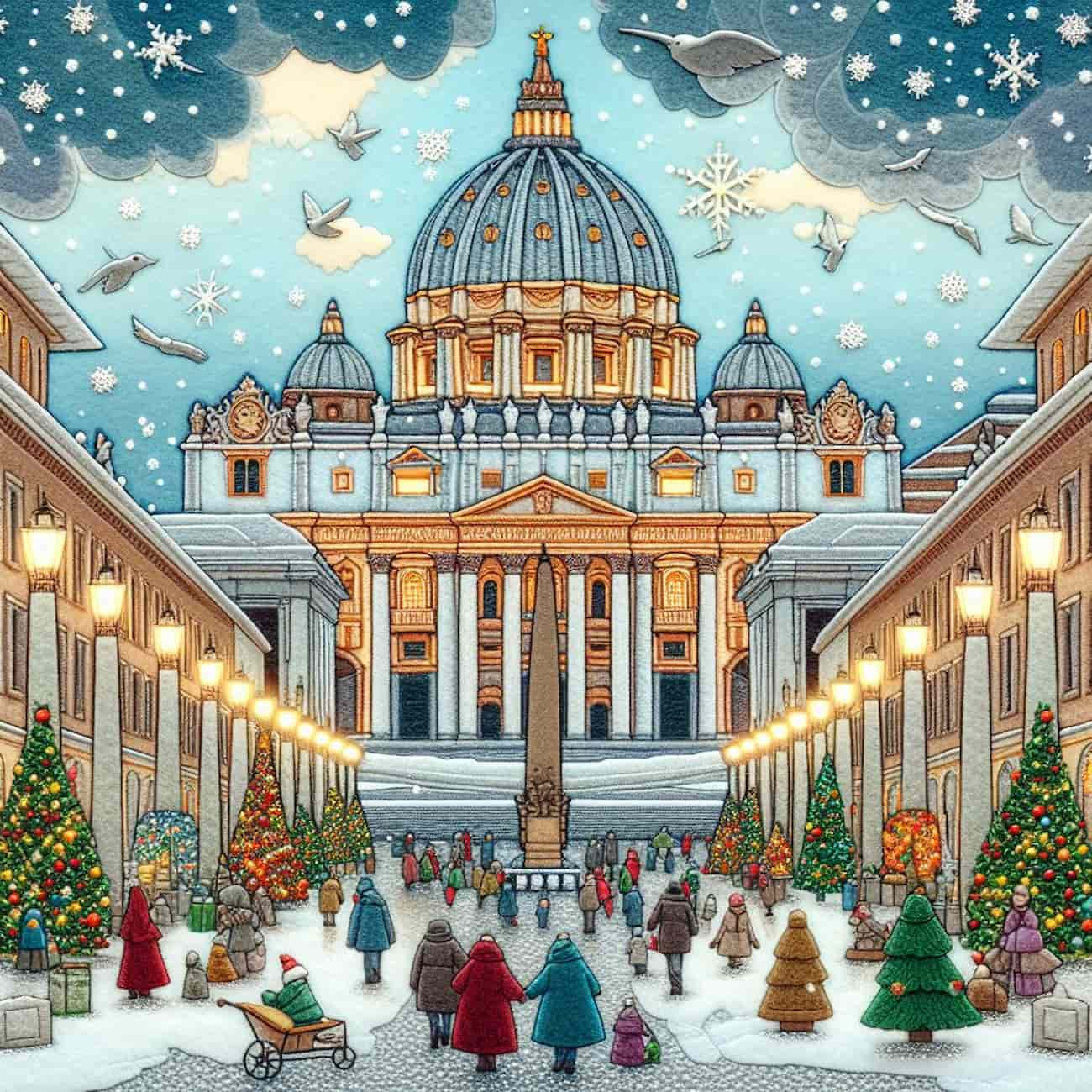There are several customs observed around Christmas in England. Typically, the goal is to have all of the Christmas decorations taken down by the end of January 5th, which is the 12th day of Christmas. Christmas card sending has been around in England since 1843. The season begins with Christmas TV commercials, especially those from John Lewis and Aldi. One way to experience European Christmas customs is at a Manchester Christmas market. Typical English holiday fare includes turkey for lunch, mince pies, and Christmas pudding. At Christmas feasts, parties, and brunches, crackers are a great way to liven things up, and carol singing is another well-liked custom in the country.
-> See also: 48 Countries That Celebrate Christmas Widely
Christmas Decorations in England

Various greenery and other festive goods have been a part of Christmas traditions for generations in this country and the following are examples of traditional Christmas decorations that are quite popular:
- Christmas Trees: Popular since the Victorian era, common evergreens include pine, spruce, and fir, and it is often thought that Thomas de Grey planted the first Christmas tree in England at Wrest Park in Bedfordshire in 1856. Many English houses choose to use real candles on their trees.
- Holly, Ivy, and Mistletoe: The English have adorned their Christmas trees with evergreens like holly, ivy, and mistletoe for generations, and the holly represents Christ’s crown of thorns, while the ivy represents everlasting life. They hang mistletoe in front of doors to kiss beneath it.
- Kissing Boughs: Kissing boughs are made of two or four interlocking hoops to create a sphere and during the Christmas season, they were strung in houses and embellished with evergreens.
- Christmas Wreaths: Evergreen sprigs, holly, and other ornamental foliage make up a traditional English Christmas wreath. They are displayed at entrances.
- Christmas Crackers: Including paper crowns in Christmas crackers is a custom with history in England. These are colorful paper encased in little cardboard tubes that hold a tissue paper crown-shaped hat, a tiny toy, a plastic model, or a trinket, as well as a little sheet of paper with a slogan, a joke, or a puzzle.
Christmas Traditions in England
Around 46% of the English and Welsh population identify as Christian. More than 90% of the population celebrates this day, but despite that, around 80% of them don’t see Christmas as a religious day. Many events, such as midnight church services and carol singing, mark the beginning of Christmas in England.
-> See also: All 15 Countries That Don’t Celebrate Christmas
King’s Christmas Speech

One English custom with deep historical roots is the King’s Christmas broadcast (or Queen’s). It started in 1932 when King George V aired it on the Empire Service of the British Broadcasting Corporation. Many people in Britain and beyond look forward to this speech every year on Christmas Day, including the Commonwealth residents. These broadcasts usually address the current events. King Charles III is the first reigning king to carry on the custom of giving the Christmas greeting as he delivers his annual Christmas address at 15:00 GMT on December 25.
Midnight Church Services
Church services at midnight, often called Midnight Mass, are an important tradition and on Christmas Eve, at around midnight, there is a special service held when people gather to honor the birth of Jesus. The clergy and choir of St. Martin-in-the-Fields, a London church, and others around the country celebrate this activity.

Christmas Caroling
Another Christmas custom is singing carols, which entails gatherings of people in public spaces or going door to door to sing traditional songs. Renowned for their renditions of Christmas hymns and teachings, the choirs of Hampton Court Palace’s Chapel Royal and the Saint Church create a nostalgic ambiance.
The Royal Family’s Christmas Traditions
Going to the Sandringham Estate every year to celebrate Christmas is a royal family tradition in England. In observance of their German background, they celebrate Christmas Eve with present exchanges, black-tie banquets, and pick-up games of football and charades. The great-grandchildren assist in the decorating of the dining room’s Christmas tree and a gigantic silver artificial tree at Sandringham, and the family also attends a black-tie dinner on Christmas Eve.
Members of the King’s household also send out yearly Christmas cards and they exchange gifts after teatime on Christmas Eve after setting out their presents on trestle tables. St. Mary Magdalene Church at Sandringham, which dates back to the 16th century and was visited by Queen Victoria, is the location of the family’s Christmas morning ceremony.
Along with these customs, members of the royal family are known to be generous donors to nonprofits. They host Christmas parties to raise money for organizations. The royal family sends Christmas trees to Westminster Abbey, St. Paul’s Cathedral, St. Giles’ Cathedral, and Edinburgh’s Canongate Kirk.
Other Customs
Various events take place during the Christmas season in England, besides church services and the singing of carols. Town and village festivals, Christmas concerts, and seasonal festivals are all possibilities. Every year at the Royal Albert Hall in London, hundreds of carolers gather for “Carols at the Royal Albert Hall.” Smaller towns and villages also have old-fashioned Christmas markets and festivities, complete with medieval feasts, Tudor Christmases, and Victorian-era parties.
Traditional Christmas Foods in England
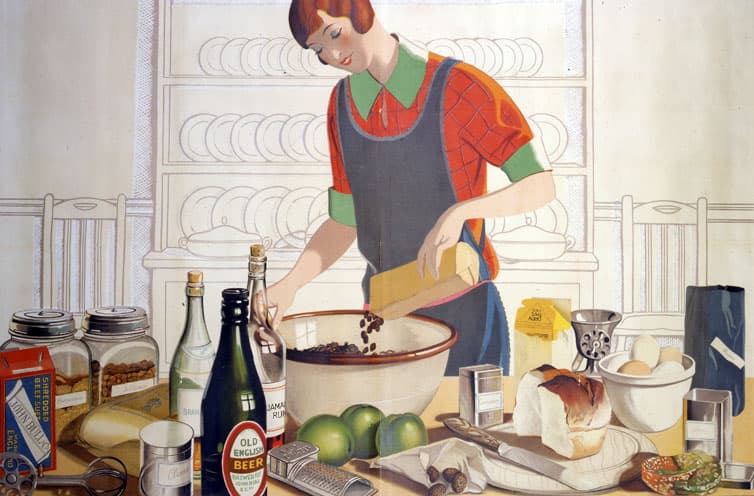
Christmas dinners include delicacies that have been passed down through generations. These are the main ones:
- Roast Turkey: For many British families, the main course of Christmas dinner is roast turkey. Common accompaniments include stuffing, gravy, and cranberry sauce.
- Christmas Pudding: Traditional ingredients for Christmas pudding include suet, dried fruit, and spices; the result is a thick and decadent fruit pudding. It goes with custard or brandy butter.
- Mince Pies: Sweet little pies packed with suet, dried fruits, and spices are called mince pies, which are served with a dollop of brandy butter. They are a beloved Christmas delicacy.
- Yule Log: A classic Christmas dish, the Yule Log is a rolled sponge cake filled with chocolate buttercream and topped with a chocolate buttercream icing. Serving it with a sprinkling of icing sugar makes it appear like snow, and decorating it to look like a log is common.
- Pigs in Blankets: Little sausages encased in bacon and cooked till crisp make up pigs in blankets. They go with roast turkey and are a staple holiday side dish.
- Bread Sauce: The classic combination of bread, milk, and spices yields this velvety sauce. Pair it with roasted turkey or another roasted meat for a typical Christmas meal in England.
-> See also: Tio de Nadal: A Christmas Log That Poops Gifts
The Tradition of Christmas Crackers
Cracker jacks with their paper crowns are always a good time at the dinner table. Nowadays, people utilize little cardboard tubes covered in brightly colored paper as Christmas crackers. Inside are colored tissue paper crowns, little toys, plastic models, or trinkets, and a piece of paper with a proverb, joke, puzzle, or information.
In the United Kingdom, Christmas crackers have been a holiday ritual since the Victorian period. A confectioner from London named Tom Smith manufactured these in the 1845–1850 and the paper crown was an afterthought. The first crackers just included a brief phrase or riddle. The paper crown tradition has its roots in the ancient Romans’ use of headdresses for the December celebration of Saturnalia.
The custom of crowning oneself with a paper crown may have also arisen during the Twelfth Night festivities, when a monarch was chosen to preside over the events. At Christmas dinner, people wear paper hats that look like crowns. It is said that the practice of wearing celebratory headwear originated during the Saturnalia celebration in Roman times, when participants wore paper hats.
History of Christmas in England
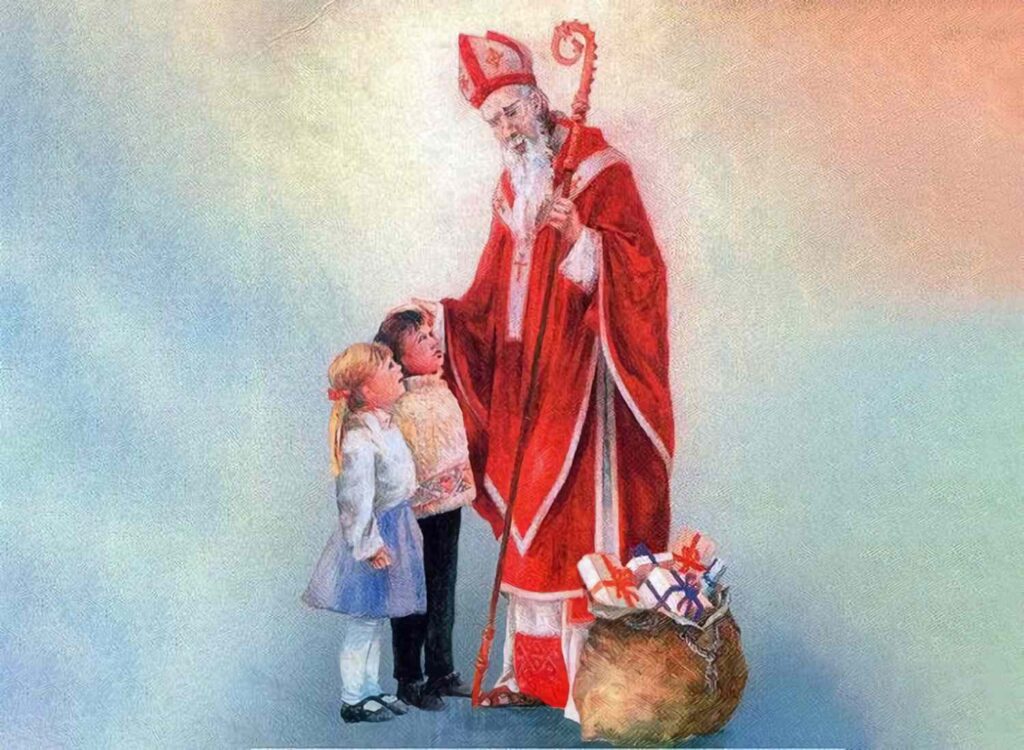
Since the introduction of Christianity, Christmas has been celebrated in England, and the earliest known date of Christmas in England was when Augustine baptized 10,000 Saxons in Kent on Christmas day in 597. The Middle Ages were a time of somber and magnificent Christmas festivities, when monarchs would host lavish feasts and organize Christmas courts. It was in the nineteenth century that many of the modern-day Christmas traditions—including Christmas trees, greeting cards, and even Father Christmas—came into being.
It wasn’t until 1848, when Queen Victoria married Prince Albert of Germany, that Christmas trees really took off in England. The tradition had been around since the early 1800s. On the other hand, the first practice of kissing beneath the mistletoe was documented in 1784. St. Nicholas (a Christian bishop from Turkey in the fourth century AD) is believed to have been the inspiration for both Father Christmas and the Dutch Santa Claus, who became one in the nineteenth century.
Saint Nicholas and Twelfth Night Cake
Saint Nicholas celebrated his feast day on December 6th, and he is famous for distributing presents and it was in the late 19th century that the custom of eating Twelfth Night cake at Christmas first appeared in England. Historical events and religious beliefs have shaped Christmas festivities in England. For instance, from the mid-1640s to 1660, Christmas was outlawed in England, Wales, and Ireland due to the Puritan period.
On the other hand, the Parliament designated the last Wednesday of the month as a “fasting day” in 1644 so that people could reflect somberly on their transgressions. Christmas didn’t become popular again in England until the nineteenth century, when the royal family took the lead in instituting customs that are still practiced today.
Early Christians in England incorporated pre-Christian midwinter practices into their own Christmas celebrations after the arrival of Christianity. In 601, Augustine was ordered by Pope Gregory the Great to include these practices in Christian festivities. The English adopted several pagan customs for their Christmas festivities, including the usage of mistletoe, the Yule log, and the custom of keeping an evergreen tree inside the home. Christmas trees, greeting cards, and the arrival of Santa Claus have developed over the years and drawn inspiration from a wide range of historical practices.


